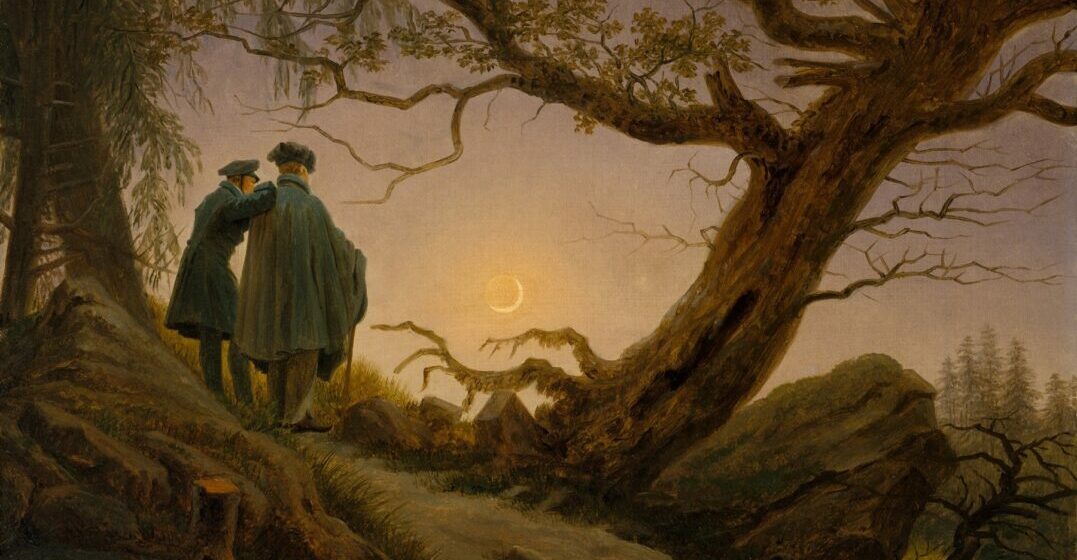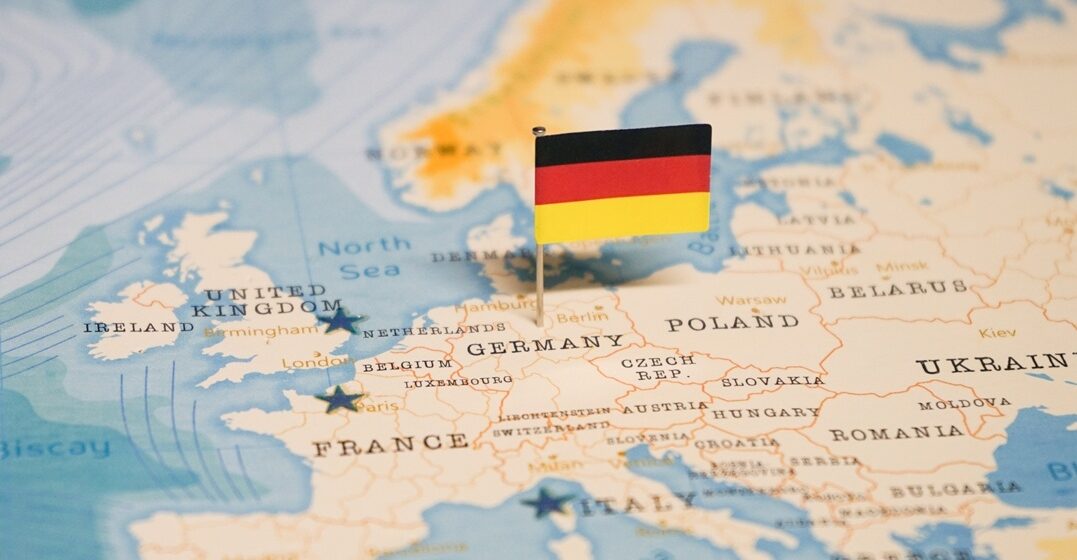The top five of the most important German artists

In terms of national stereotypes, France and Italy have the monopoly on the figure of the passionate, romantic artist. Germany, on the other hand, has cultivated something of a reputation for cool, rigid logic and a stiff upper lip. While these are tired stereotypes, they also obscure the fact that Germany has produced so many influential, innovative and, indeed, passionate works of art.
In the 19th century Germany became renowned as the land of the Dichter und Denker (poets and philosophers), and was home to some of the world’s greatest composers, But Germany also produced some of the most influential artists and art movements in modern art, particularly in the early twentieth century. Here you can find a list of just some of the most famous German painters and artistic pioneers.
- Albrecht Dürer (1471-1528)
- Caspar David Friedrich (1774-1840)
- Käthe Kollwitz (1867-1945)
- Paul Klee (1879-1940)
- Max Ernst (1891-1976)
Learn languages at your pace
1. Albrecht Dürer (1471-1528)
Albrecht Dürer was perhaps the most important figure of the German Renaissance. Born in 1471 in the town of Nuremberg, Dürer built his reputation as a maker of fine woodcut prints, although his oeuvre would also include a wide array of portrait work, altarpieces, watercolor paintings as well as his books on human proportion, geometry and fortification written in vernacular German. Dürer was a correspondent of such famous Italian renaissance figures as Giovanni Bellini, Raphael and Leonardo da Vinci, and with their influence he was a revolutionary of the watercolor landscape and the woodcutting medium. He therefore exerted a profound influence on artists of the following generations. His most famous works include Saint Jerome in his Study, The Revelation of John and the three Meisterstiche (master prints) Knight, Death and the Devil.
2. Caspar David Friedrich (1774-1840)
Caspar David Friedrich, born in Greifswald, Pommerania, on the Baltic Sea coast, was a leading figure of the German Romantic movement. He is especially famous for painting German landscapes showing human figures often silhouetted against and sometimes dwarfed by nature. These paintings are imbued with allegorical meaning, often depicting human helplessness in the face of inhospitable forces of nature, or human awe in the presence of the sublime. For instance, the famous Two Men contemplating the Moon is foregrounded by two brooding figures silhouetted against a haunting pastel sky. Sadly his work was not well received within his lifetime, and he died in poverty. A contemporary of Goethe and the Brothers Grimm, Friedrich is now considered a key figure of German Romanticism and the most influential German artist of his generation.
Learn languages at your pace
3. Käthe Kollwitz (1867-1945)
In her prolific career, Käthe Kollwitz produced several thousand drawings, almost 300 prints and approximately 40 works of sculpture, and became the first woman to be elected a member of the Prussian Academy of Arts and granted an honorary professorship. Kollwitz’s most famous works The Weavers and The Peasant War depict the poverty and suffering of the working classes, however after the loss of her son, Peter, in the early months of World War I, parental grief became a key theme of her work. An enlarged copy of her sculpture Mother with her Dead Son can be found in the monumental Neue Wache building in the heart of Berlin, the city in which Kollwitz lived for over 50 years and where you can now visit a museum dedicated to her life and work.
4. Paul Klee (1879-1940)
Shortly before the outbreak of World War I, Paul Klee, a young and little known artist, became a member of the short-lived but influential group of Expressionist painters, Der Blaue Reiter (The Blue Rider), which included Wassily Kandinsky, Franz Marc and August Macke. He continued to draw and paint throughout the years of World War I, even after he was conscripted, though the deaths of Marc and Macke affected him personally and artistically. After the war Klee became a key figure of the Bauhaus movement, teaching at the school from 1921 to 1931. After a stint teaching at the Düsseldorf Academy, threats from the Nazi party, who deemed Klee’s art “degenerate”, forced him to flee to Switzerland where he died of an autoimmune disease in 1940. Among his best known works are Ad Parnassum and Twittering Machine.
5. Max Ernst (1891-1976)
Max Ernst was a pioneer of European surrealism and the Dada art movement, who produced an impressive collection of oil paintings, collages, sculptures and block prints inspired by both his own biography and mythological influences. Born in the western German town of Brühl close to Cologne in 1891, Ernst spent four years serving on both fronts in WWI, an experience that had a devastating effect on Ernst personally but also made a distinctive impression on his art. After the war, he founded the Cologne Dada group with some of his contemporaries, before following the momentum of the Surrealist movement to Paris. He later fled to the United States during the Second World War where he helped to influence the Abstract Expressionist art movement. His most famous works include Napoleon in the Wilderness, Revolution by Night, Surrealism and Painting and the Elephant Celebes.
German art from woodprints to spray cans and digital design
As you can see, Germany has a long and illustrious history of great art. Today again, Germany is at the forefront of pioneering new art forms and remains an important center for learning and culture that draws in artists from around the world to follow on from the legacy of these great German masters in pushing past the boundaries of contemporary art to explore new creative avenues.










